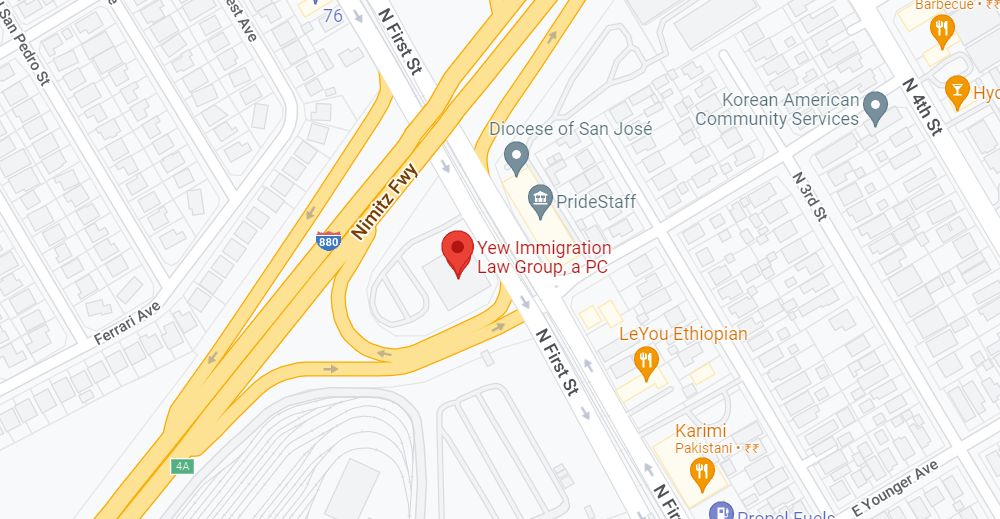One of the privileges of being a U.S. citizen or green card holder (lawful permanent resident) is the ability to sponsor relatives to come live and work in the United States. As long as the relative isn’t otherwise inadmissible, you can sponsor as many eligible relatives as you like. However, U.S. immigration law has a set list of preference categories, which affects which types of relatives will get a visa in a timely fashion.
Generally, the closer and more dependent the relative, the higher the preference. Also, relatives of citizens may be more highly preferred than the relatives of lawful permanent residents. Spouses, children under 21 and parents are considered immediate relatives. For U.S. citizens, these immediate relatives are not part of the preference system.
Immediate relatives of U.S. citizens
Whether you were born a U.S. citizen or were naturalized, you may sponsor your immediate relatives for green cards. As long as your spouse, unmarried child under age 21, or parent meet the eligibility requirements, they can file for the status of a lawful permanent resident. To sponsor parents, you must be 21 or older.
The U.S. allows an unlimited number of immigrant visas for the immediate relatives of U.S. citizens, so visas are always available.
You should file Form I-130, Petition for Alien Relative. At the same time (concurrently), if your relative is in the United States and otherwise admissible and eligible, he/she should file Form I-485, Application to Register Permanent Residence of Adjust Status. If your relative is abroad, then he/she must use consular processing for their application. For more detailed information, contact an experienced immigration attorney.
Less immediate relatives and relatives of green card holders
Citizens can also sponsor more distant relatives, and lawful permanent residents can sponsor their spouses and unmarried children for green cards.
There are four family preference categories. Visas are offered first to the first preference category and then to each subsequent category until they run out. That often means that there are no visas available for third or fourth preference relatives in a given year. The preference categories are these:
- First preference: Unmarried children, age 21 and older, of U.S. citizens
- Second preference category F2A: Spouses and unmarried children, under age 21, of lawful permanent residents
- Second preference category F2B: Unmarried children, age 21 and older, of lawful permanent residents
- Third preference: Married children of U.S. citizens
- Fourth preference: Siblings of U.S. citizens, as long as the citizen is 21 or older
Violating U.S. immigration law could make your relative ineligible
A common scenario is where a family member you wish to sponsor is already in the U.S. but without lawful status. They may have entered the U.S. without authorization or they may have allowed their visa to expire or lapse. This could make the relative ineligible to adjust their immigration status to green card holder.
Another common problem is when the relative is not admissible to the United States for some reason. This could keep them from getting a green card at all.
If your relative is either in the U.S. without authorization or could be inadmissible, there are processes to address these problems. Your immigration attorney may be able to help you overcome these hurdles.
If you are interested in sponsoring a close relative for a green card, contact Yew Immigration Law Group. We have years of experience helping families reunite in the United States.









